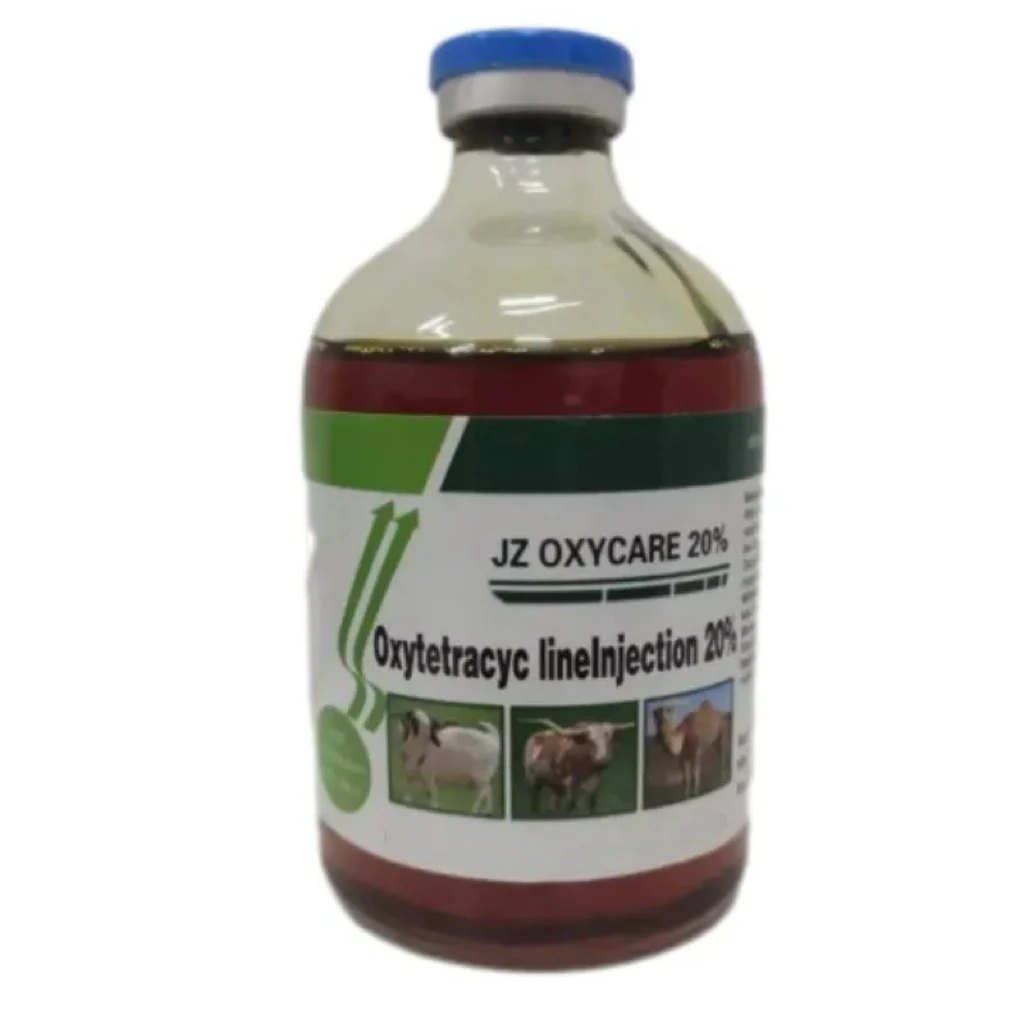- Afrikaans
- Albanian
- Amharic
- Arabic
- Armenian
- Azerbaijani
- Basque
- Belarusian
- Bengali
- Bosnian
- Bulgarian
- Catalan
- Cebuano
- Corsican
- Croatian
- Czech
- Danish
- Dutch
- English
- Esperanto
- Estonian
- Finnish
- French
- Frisian
- Galician
- Georgian
- German
- Greek
- Gujarati
- Haitian Creole
- hausa
- hawaiian
- Hebrew
- Hindi
- Miao
- Hungarian
- Icelandic
- igbo
- Indonesian
- irish
- Italian
- Japanese
- Javanese
- Kannada
- kazakh
- Khmer
- Rwandese
- Korean
- Kurdish
- Kyrgyz
- Lao
- Latin
- Latvian
- Lithuanian
- Luxembourgish
- Macedonian
- Malgashi
- Malay
- Malayalam
- Maltese
- Maori
- Marathi
- Mongolian
- Myanmar
- Nepali
- Norwegian
- Norwegian
- Occitan
- Pashto
- Persian
- Polish
- Portuguese
- Punjabi
- Romanian
- Russian
- Samoan
- Scottish Gaelic
- Serbian
- Sesotho
- Shona
- Sindhi
- Sinhala
- Slovak
- Slovenian
- Somali
- Spanish
- Sundanese
- Swahili
- Swedish
- Tagalog
- Tajik
- Tamil
- Tatar
- Telugu
- Thai
- Turkish
- Turkmen
- Ukrainian
- Urdu
- Uighur
- Uzbek
- Vietnamese
- Welsh
- Bantu
- Yiddish
- Yoruba
- Zulu
10 月 . 13, 2024 09:21 Back to list
Gentamicin Sulfate Treatment and Its Applications in Bacterial Infection Management
Garamycin and Gentamicin Sulfate A Comprehensive Overview
Garamycin, known generically as gentamicin sulfate, is an antibiotic that belongs to the aminoglycoside class of medications. It is primarily utilized for the treatment of various bacterial infections, notably those caused by Gram-negative bacteria. Gentamicin was first discovered in the 1960s and has since established itself as an essential drug in both hospital and outpatient settings due to its efficacy against a wide range of pathogens.
Mechanism of Action
Gentamicin operates by inhibiting protein synthesis in bacteria. It achieves this by binding to the 30S ribosomal subunit, which impedes the translation of messenger RNA into proteins. This mechanism leads to the production of nonfunctional proteins, ultimately resulting in bacterial cell death. Its effectiveness is particularly pronounced against aerobic Gram-negative organisms, making it an invaluable tool in addressing severe infections like septicemia, pneumonia, and urinary tract infections.
Indications for Use
Garamycin is indicated for the treatment of infections due to sensitive organisms, including but not limited to
- Pseudomonas aeruginosa - Escherichia coli - Klebsiella species - Enterobacter species
It is often used in cases where other antibiotics may not be effective due to resistance or where a rapid therapeutic response is critical. Gentamicin can be administered via various routes, including intramuscular, intravenous, and topical applications, depending on the nature and severity of the infection.
Pharmacokinetics
garamycin gentamicin sulfate

Gentamicin is known for its favorable pharmacokinetic profile; it is widely distributed in body fluids and tissues. Peak serum concentrations are generally reached within 30 minutes when administered intravenously. The drug is predominantly eliminated through the kidneys, making renal function a critical consideration in dosing. Because gentamicin can accumulate in the body, especially in patients with impaired renal function, careful monitoring is essential to avoid toxicity.
Toxicity and Side Effects
While Garamycin is effective against a wide range of infections, it is not without risks. One of the primary concerns with aminoglycosides, including gentamicin, is their potential for nephrotoxicity and ototoxicity. Renal impairment can occur, particularly with prolonged use or high doses, leading to acute kidney injury. Similarly, ototoxicity presents as hearing loss or balance issues, often resulting from damage to the inner ear structures.
To mitigate these risks, clinicians typically employ therapeutic drug monitoring (TDM) to ensure drug levels remain within a safe and effective range. By measuring serum gentamicin concentrations, healthcare providers can adjust dosages to minimize the adverse effects while maximizing antimicrobial efficacy.
Resistance Issues
As with many antibiotics, the emergence of resistant bacterial strains poses a significant challenge. Resistance mechanisms can include enzymatic modification of gentamicin, altered uptake, or modifications in the ribosomal binding site. The rising trend of multi-drug resistant organisms has prompted ongoing research and the development of new antibiotics, as well as alternative treatment strategies.
To combat resistance, healthcare providers are increasingly adopting antibiotic stewardship programs, which emphasize the responsible use of antibiotics to preserve their effectiveness for future generations. This includes recommending gentamicin only when appropriately indicated and advising on the shortest effective duration of therapy.
Conclusion
Garamycin (gentamicin sulfate) remains a cornerstone in the management of serious bacterial infections, valued for its broad-spectrum activity and established clinical efficacy. However, its use must be balanced against the potential for toxicity and the growing issue of antibiotic resistance. Continued vigilance in monitoring blood levels, renal function, and the development of resistant strains is essential in ensuring that gentamicin retains its role as a vital therapeutic option in modern medicine. As research advances, there is hope for new formulations and strategies that could enhance its safety and efficacy, further solidifying its place in the pharmacological armamentarium against infectious diseases.
-
The Power of Radix Isatidis Extract for Your Health and Wellness
NewsOct.29,2024
-
Neomycin Sulfate Soluble Powder: A Versatile Solution for Pet Health
NewsOct.29,2024
-
Lincomycin Hydrochloride Soluble Powder – The Essential Solution
NewsOct.29,2024
-
Garamycin Gentamicin Sulfate for Effective Infection Control
NewsOct.29,2024
-
Doxycycline Hyclate Soluble Powder: Your Antibiotic Needs
NewsOct.29,2024
-
Tilmicosin Premix: The Ultimate Solution for Poultry Health
NewsOct.29,2024













